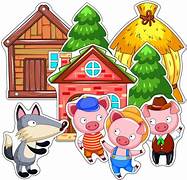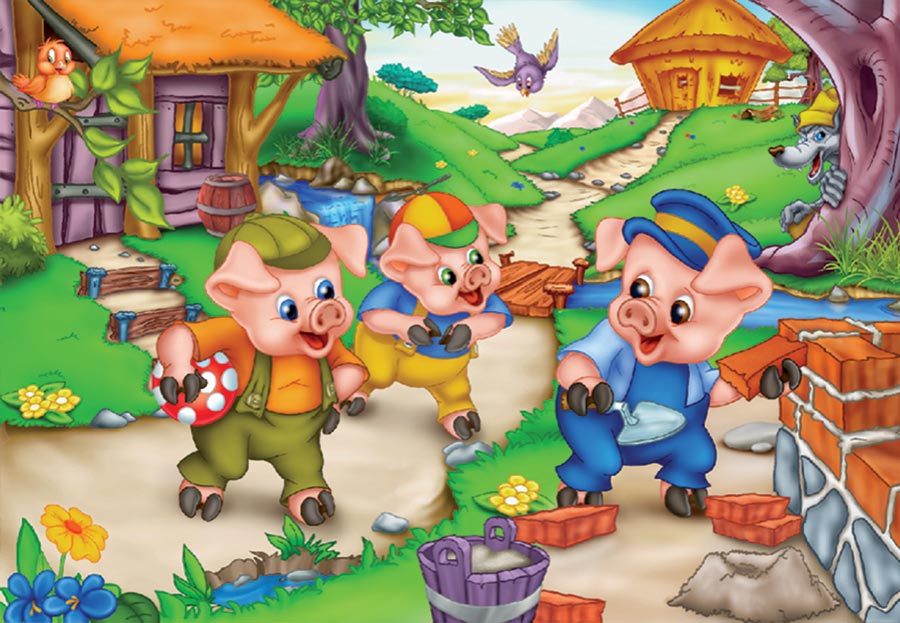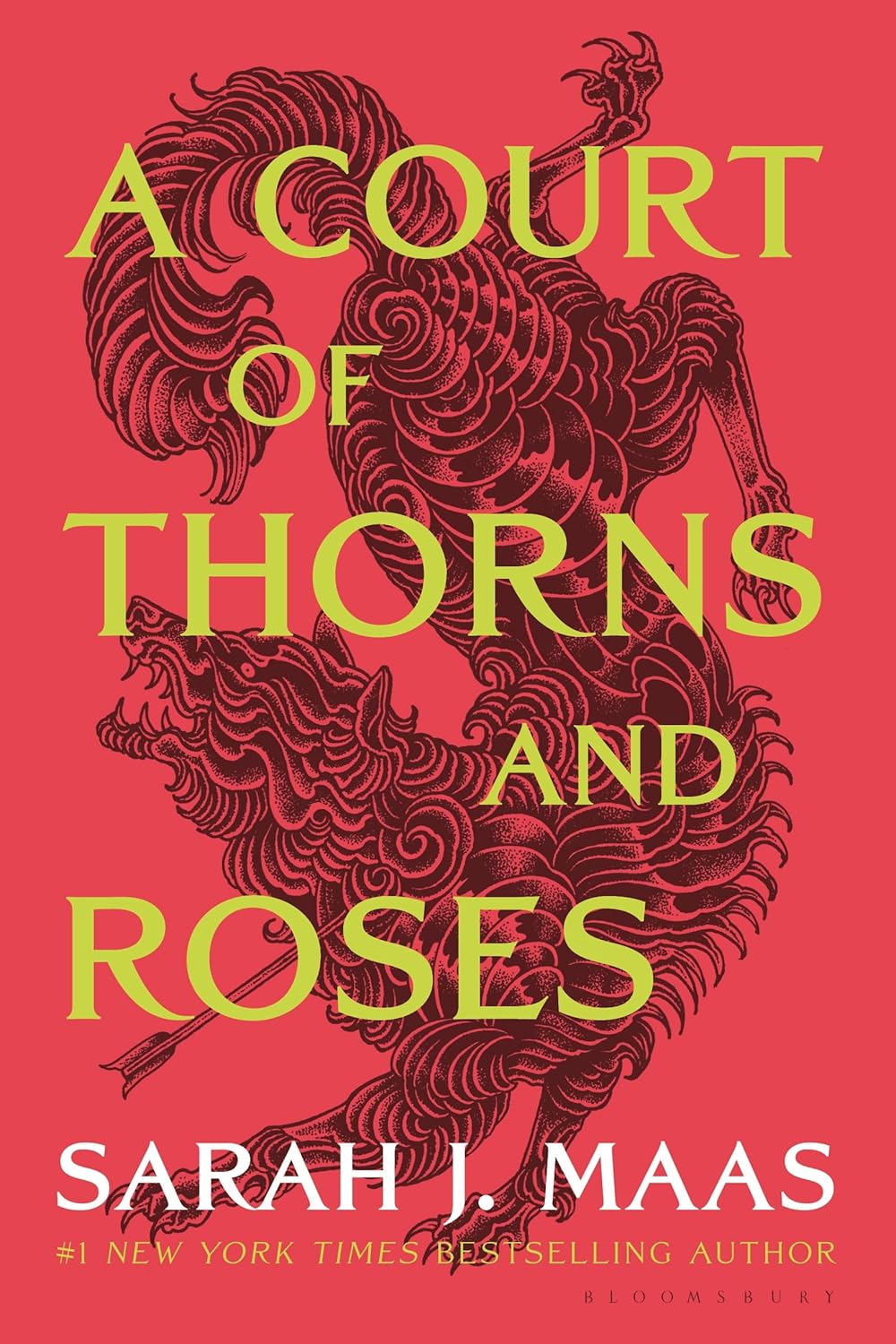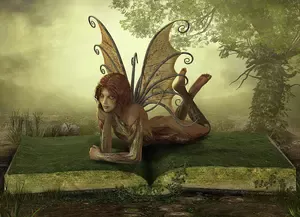- Home
- Fairy Blog
- Fairy Cakes
- Fairy Quotes
- Safety Dance
- The Flower Fairies Books
- What is a Fairy?
- Are Fairies Real?
- Elemental Fairies
- Faeries
- What are the Fae?
- Fae Fantasy Books
- Fairy History
- Origin of Fairies
- Fairies in Folklore
- Pixies
- Pixie Fairy Differences
- Gothic Fairies
- Tooth Fairy
- Fairy Festivals
- Fairy Gardens
- Fairy Garden Accessories
- Fairy Forests
- Fairy Poems
- Fairy Tales
- Fairy Tale Origins
- Classic Fairy Tales
- 24 Fairy Tales
- Fairy Tales around the World
- About Fantasy Creatures
- Dragons
- Dwarves
- Elves
- Gnomes
- Leprechauns
- Mermaids
- Unicorns
- Fairy Face Painting
- Free Fairy Art
- Fairy Coloring Pages
- Fairy Crafts For Kids
- Chinese Dragon Art
- How to Draw a Dragon
- Chinese Dragon Drawing
- Dragon Coloring Pages
- Fairy Tattoo Ideas
- About Us
- Contact Us
- Disclaimer
- Privacy Policy
The Story of
Three Little Pigs
The Story of Three Little Pigs.
This is a fascinating exploration of one of the world's most beloved fairy tales—the "Three Little Pigs." A story that has captivated audiences young and old, it's a narrative that transcends mere entertainment, embedding itself deeply in our culture and collective psyche. Let's delve into the history, variations, and enduring legacy of this time-honored tale.

Amazon Audible Promo
With Amazon Audible’s holiday promo ($0.99/month for 3 months) and the release of Harry Potter: The Full-Cast Audio Editions, there's never been a better time to join.
The Story of Three Little Pigs
History and Origins
The fairy tale of the "Three Little Pigs" is one of the most iconic and enduring stories ever told. Its appeal is universal, crossing generations and cultures. But have you ever wondered where this tale came from? How did a story about three pigs and a big, bad wolf become a classic piece of literature that has survived the test of time? Let's dive into the magical world of this fairy tale, tracing its history and origins.
The Humble Beginnings
The tale of the "Three Little Pigs" first appeared in England, although its roots may stretch back to traditional folk stories and fables from various cultures. The first published version is often credited to James Orchard Halliwell-Phillipps, who included the story in his 1843 collection titled "Nursery Rhymes and Nursery Tales."
The Story of Three Little Pigs

A Quick Refresher
In the Story of Three Little Pigs, the three little pigs set off to build homes for themselves. The first pig constructs a house of straw, the second builds one of sticks, and the third chooses bricks for his dwelling. A wolf comes along and, using his powerful lungs, blows down the first two houses. However, when he attempts to destroy the third house, made of bricks, he fails miserably. This narrative offers a lesson about the importance of hard work and making wise choices.
Variations Over Time
Over the years, the tale has seen many variations. Some versions add characters, plot twists, or moral lessons. For instance, in some re-tellings, the first two pigs are not as fortunate and get eaten by the wolf, while in others, they escape to the brick house in time. However, the core lesson remains constant: the value of foresight and prudence.
Different Versions of Three Little Pigs
- Joel Chandler Harris, in which the pigs were replaced by Brer Rabbit.
- Andrew Lang included it in The Green Fairy Book, published in 1892, but did not cite his source. In contrast to Jacobs's version, which left the pigs nameless, Lang's retelling cast the pigs as Browny, Whitey, and Blacky. It also set itself apart by exploring each pig's character and detailing the interaction between them. The antagonist of this version is a fox, not a wolf. The pigs' houses are made either of mud, cabbage, or brick. Blacky, the third pig, rescues his brother and sister from the fox's den after the fox has been defeated."
Story of Three Little Pigs
International Appeal
The tale’s simplicity and universal themes have helped it gain worldwide recognition. You'll find variations in different cultures, each adapting the story to local customs and traditions. For example, in Italy, there is a similar tale called "The Three Little Kids," involving goats and a troll.
Popular Culture and Modern Adaptations
The "Three Little Pigs" has also seen multiple adaptations into different forms of media. Walt Disney's 1933 animated film, also titled "The Three Little Pigs," is perhaps one of the most famous adaptations, giving us the catchy tune "Who's Afraid of the Big Bad Wolf?" This version did more than entertain; it added layers to the narrative, making it a metaphor for overcoming adversity and challenges, particularly relevant during the Great Depression era.
Symbolism and Interpretation
The story is rich in symbolism. The houses made of straw and sticks represent shortcuts and the easy way out, while the brick house symbolizes the merits of hard work and planning. The wolf can be seen as a representation of challenges or difficulties that one might face in life. Overcoming the "wolf" is a lesson in resilience and preparation.
Impact on Popular Culture
The narrative has permeated everyday language and concepts. The phrase "to huff and puff" is directly derived from the story, usually referring to someone making a big show of their power but not necessarily having the force to back it up. Also, the story has been parodied and referenced in various forms of media, from television shows to political cartoons, each adding a layer of cultural richness to the original tale.
The Continuing Legacy
Today, the tale of the "Three Little Pigs" continues to be a beloved staple in children's literature. It is also commonly used in educational settings to teach various lessons, from the importance of hard work to basic structural engineering concepts. Its longevity testifies to its ability to resonate with people of all ages.
The "Three Little Pigs" is more than just a bedtime story. It's a narrative that has evolved over time, reflecting societal values, norms, and lessons. Its enduring charm and universal themes ensure that this fairy tale will continue to be told for generations to come, each rendition adding to its rich tapestry of interpretations and meanings.
So the next time you think of the Three Little Pigs, know that you're not just recalling a children's tale, but a story steeped in history, laden with moral lessons, and rich in cultural significance.
Feel free to explore your own interpretations of this captivating tale, for it's a story that invites us all to find our own meanings and lessons within its simple yet profound narrative.
An Educational Staple
Today, the story serves not only as a captivating bedtime tale but also as an educational tool. Schools employ it to teach a variety of lessons, from basic engineering to ethics. Its resonance across age groups stands as a testament to its timeless relevance.
As we conclude our journey through the rich landscape of the "Three Little Pigs," we come to understand that its significance extends far beyond its humble beginnings as a children’s story. It is a tale that has evolved, yet remained relevant, offering each generation its own set of life lessons, making it a true cultural cornerstone.
In my opinion
The "Three Little Pigs" is not just a fairy tale but a powerful narrative tool. Its enduring popularity is no accident; it's a reflection of its universal themes and moral lessons.
The story’s simple yet profound structure allows it to be flexible and relevant across time and culture, making it one of the most impactful stories in human history.
The "Three Little Pigs" invites us to look beyond its surface and to find deeper meanings and life lessons—something that the best stories always do.
Click here to see our list of 24 Fairy Tales.
Book of the Month
The Best Selling Fae Fantasy Book! A great Christmas gift!
CLICK HERE for more information and best price!
Recent Articles
-
Fae Fantasy Books - where love can be both thrilling and terrifying!
Nov 22, 25 02:34 AM
Fae Fantasy Books - explore new aspects of what it means to be human in a world where magic and immortal beings exist! A perfect blend of danger and allure! -
Water Fairies: Meet the Mystical Undines of the Waters
Nov 19, 25 02:45 AM
Water fairies, often called undines, are enchanting magical beings deeply connected to the element of water. These spirits appear in folklore and fairy tales -
Earth fairies are elemental beings connected to the earth element.
Nov 19, 25 02:34 AM
Earth fairies, also known as gnomes, are elemental beings deeply connected to the earth element. They have rich roots in folklore, mythology, and fairy tales




